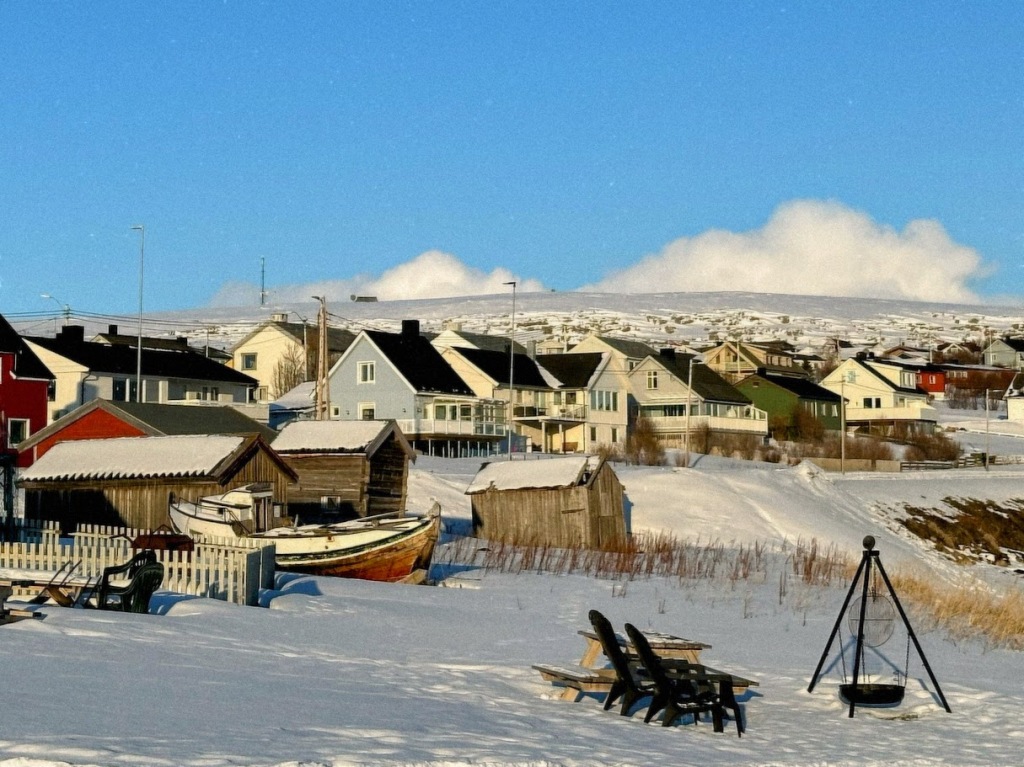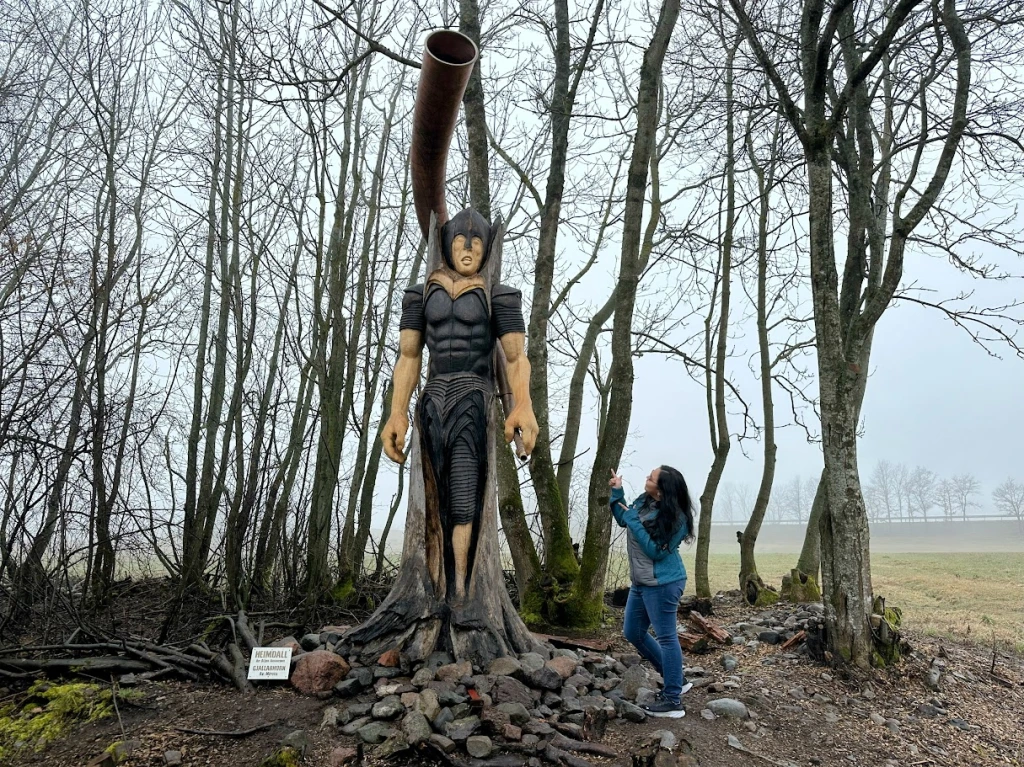Málaga, the vibrant capital of the Province of Málaga in Andalusia, was my final destination during my first trip to Spain. It was a brave solo travel by buses from Calahonda to the bigger city of Fuengirola, and on towards Málaga. The scenery of the Spanish coasts from the bus was undoubtedly beautiful! Although the speedy driving of the bus driver gave me goosebumps and made my heart leap many times!
Spain is known for its laid-back nature, I suppose. It is the birthplace of manana habit, the siesta/glory hours when stores are closed from 2PM and reopened at 4PM, and the Spanish time, which is.. often late. The buses either come before or after the designated time. In fact, no one really can be sure if the bus will come or not. Funny, but it’s true. I waited under the scorching heat of the sun for 30 minutes, and the passersby couldn’t tell me if the bus was coming or not, i.e., “We’re not sure, maybe.” So I walked from one station to another, until finally, the bus came. And off I went to the city!
The city is big. So, it’s safe to say that one day is actually not enough to visit all the attractions. Here are some of them which I managed to see during that one day I was there:
Plaza de la Marina. If you take the bus to Málaga, chances are, you’ll get off at La Marina. The plaza is very clean and has several boutiques, restaurants, playgrounds and horse-driven calesas you can rent to explore the city. You will also find the Tourism office there where you can ask for itineraries and maps.
Paseo del Parque. From La Marina, start walking towards the green park filled with tropical plants, statues and water fountains. Students often hang out here, having group meetings, practicing presentations or plays, etc.
Avenida de Cervantes. When you reach the end of the park, turn left and stroll along the avenida de Cervantes. Important buildings, such as the Ayuntamiento (municipal hall), the Rectorado Universidad de Malaga, the Palacio de la Aduana, the Catedral, and the Banco de Espana among others are situated.
Castillo de Gibralfaro. I guess it is safe to say that this fortified castle is the main attraction of the city. Sitting on top of a hill, the castle dates back to the 10th century, in 929 AD to be exact, built by Abd-al-Rahman III, Caliph of Cordoba. The hill used to be a Phoenician enclosure and lighthouse, and so, the name of the castle was derived from the Arabic and Greek gebel and faro, meaning “rock of the lighthouse”. The castle was later extended by Yusef 1, Sultan of Granada. During the height of the Catholic seige, the castle was surrendered to King Ferdinand and Isabella.
Teatro Romano. This ancient amphiteater is the oldest monument in the city, built in the first century BC under the command of Emperor Augustus. It was used until the third century AD, and later on left in ruins for many centuries. Later on, the teater served as a quarry for the Moorish settlers, but again, left in rubbles and ruins afterwards. In 1951, the teater was rediscovered and excavations began, until it was reopened completely to the public and used again for outdoor performances.
The Cathedral. This beautiful architecture was built between 1528 and 1782. Lack of funds, however, caused the completion of only one tower instead of the original two.
Plaza de la Merced and the Fundacion Picasso. To be honest, before the trip, I had no idea that the famous cubist artist, Pablo Ruiz Picasso, was born in Malaga. My bad… But yeah. It was awesome to set foot on his birthplace at the Casa Natal Picasso, which is now a museum, and the very plaza where he spent much of his childhood, the Plaza de la Merced. At the center of the square is a neo-classical obelisk from 1842, serving as a memorial for the 49 heroes who died in the revolution in 1831.
Marqués de Larios. Okay. This fancy shopping street is absolutely fab! Many famous brands can be found here, and it’s traffic-free and covered from the heat of the sun! Plazas, churches and museums are at a walking distance from here, so I took the opportunity to go people-watching while having some merienda in one of the cafes.
There you have it! This beuatiful Spanish city deserves to be called the Capital of the Costa del Sol region in Andalusia, Spain, for sure! If you want more info about the city, visit: http://www.andalucia.com/cities/malaga/home.htm

Hasta la vista, baby! Cheers! #spreadlove





Leave a comment